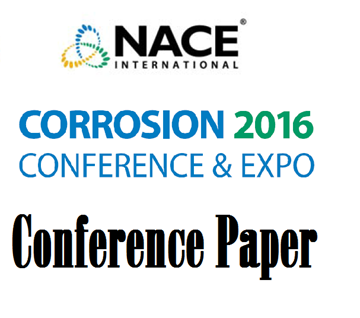Search
03140 Fluid Compatibility of Elastomers in Oilfield
Also Purchased
10281 Elastomer Testing in Sour Environments
Product Number:
51300-10281-SG
ISBN:
10281 2010 CP
Publication Date:
2010
$20.00
51316-7106-Compatibility Behavior of Elastomers for PCP Applications
Product Number:
51316-7106-SG
ISBN:
7106 2016 CP
Publication Date:
2016
$20.00
01109 COMPARISON OF EXPLOSIVE DECOMPRESSION TEST PROTOCOLS FOR ELASTOMER SEALS IN HIGH PRESSURE GAS SERVICE
Product Number:
51300-01109-SG
ISBN:
01109 2001 CP
$20.00
Recently viewed




